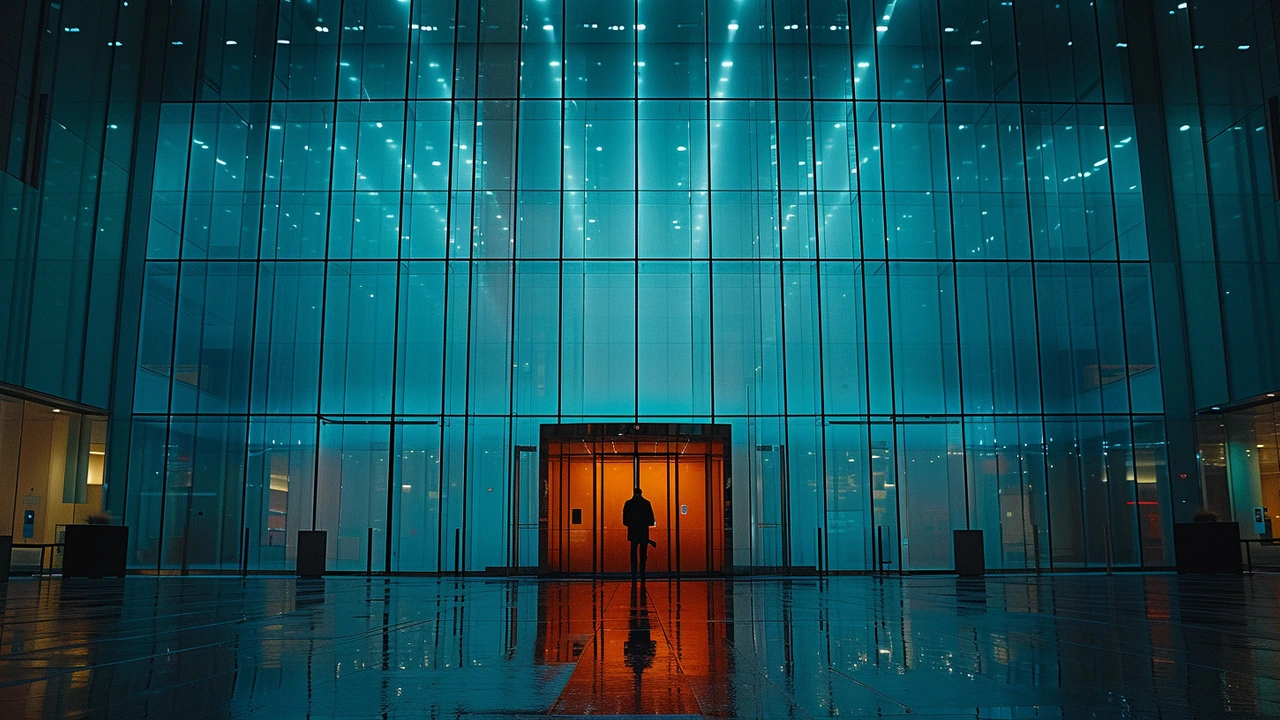Global design trends: spot the patterns that matter
Trends spread fast now—Instagram posts, big restorations, and city projects all push certain looks into the mainstream. Some trends are obvious: minimalism in tech and interiors, reuse of classical motifs like Greek Revival columns, or playful Postmodern color. Others hide in details: a revived use of mosaics from Byzantine roots, or Gothic Revival arches showing up in new civic buildings.
Want to use trends without copying Instagram? Start by learning where each trend comes from and what problem it solves. Is a style responding to climate, budget, sustainability, or cultural identity? For example, ancient Roman techniques still influence modern engineering because they solved durability and water management—useful lessons for long-lasting public projects.
Where trends actually come from
Trends don't pop out of nowhere. They come from three places: history recycled (Revivalism, Renaissance Revival), technology (minimalism in tech, new materials), and social shifts (functionalism, sustainable design). Look at Beaux-Arts and Baroque echoes in grand public spaces—those survive when cities want to signal authority. Or notice how Minimalism shows up in device design and tiny homes because people want less clutter and clearer interfaces.
Travel and preservation projects matter too. Restorations of Gothic or Byzantine landmarks make those styles visible again, sparking fresh takes in smaller projects. And a rising interest in cultural identity pushes local vernacular elements into modern designs—so a Dutch Colonial roof or a Romanesque arch can reappear in new, clever ways.
How to use global trends in your work
Be selective. Pick one or two trend elements and adapt them to your goals. If sustainability is central, borrow material ideas from ancient techniques (Roman concrete logic, thick stone walls for thermal mass) and mix modern insulation. If you want a bold visual identity, borrow Postmodern color blocks or Art Nouveau curves, but keep proportions practical.
Practical checklist: 1) Identify the problem you need to solve (comfort, image, budget). 2) Choose trend elements that address that problem. 3) Test at small scale—a porch, a facade detail, a digital mockup—before full rollout. 4) Respect context: match scale and rhythm with neighboring buildings, especially in historic areas where Georgian or Colonial cues matter.
Finally, avoid trend fatigue. Trends flip fast. Use durable principles—clarity of structure, good daylighting, honest materials—then layer trend details that can be swapped later. That way your project feels current now and still fits five years down the road.
Want examples tailored to your project? Tell me the building type, budget, and climate and I’ll suggest trend elements that fit. No hype—just practical ideas you can try this week.

International Style: Breaking Boundaries in Design
Well folks, let's talk about the International Style, which is like the James Bond of design - suave, sophisticated and never afraid to cross boundaries! This style has been shaking up the design world, not just stirring it, by breaking traditional norms and introducing sleek, functional designs. It’s like a global party where all forms of design are invited, from architecture to fashion. The International Style is the mailman of design, delivering genius ideas from one part of the globe to another. So buckle up, my friends, it's a wild and exciting ride through the land of limitless creativity!
Read more